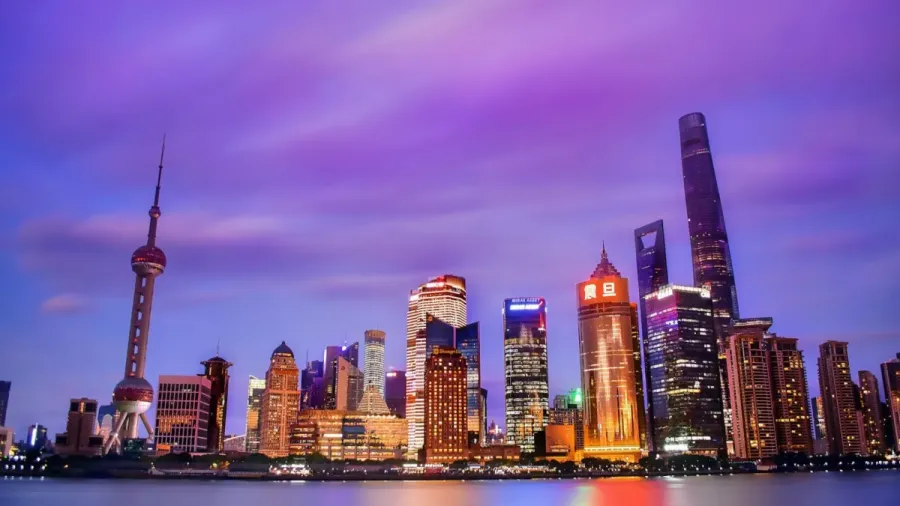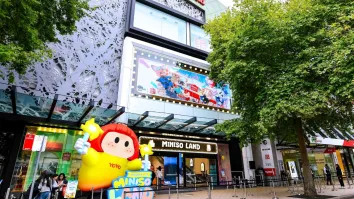
Chinese consumers shift to cautious spending as growth slows
Annual consumption growth is expected to reach 2.3% in 2025.
China’s consumer market has entered a new phase marked by slower, single-digit growth and more cautious spending, according to new research from McKinsey & Company.
A nationwide survey of over 17,000 consumers found that whilst sentiment remains mixed, Chinese shoppers are adapting to a more stable, though restrained, economic environment. Spending is increasingly driven by income and assets rather than optimism.
China’s GDP grew around 5% in 2024 and early 2025. Annual consumption growth is expected to reach 2.3% in 2025, similar to 2024’s 2.4%. Urbanisation continues to drive structural growth, with the urbanisation rate rising from 65.2% in 2022 to 67% in 2024.
Consumers expect to maintain the same share of consumption relative to income as last year, showing signs of stabilisation. However, income growth expectations have fallen to 1.4% in 2025, down from 2.5% in 2024.
Job insecurity and falling property values continue to weigh on consumer confidence. More than one-third of respondents reported “job anxiety,” and almost half of urban residents view the job market as “challenging,” according to the PBOC.
Whilst overall consumer confidence has stabilised, it varies sharply by segment. Rural confidence has improved, supported by faster income growth and government revitalisation efforts. Rural incomes rose 6.6% in 2024, outpacing the 4.5% increase in urban areas.
Affluent elderly urban residents saw a 20% drop in confidence, largely due to asset depreciation. Low-income millennials in Tier 1 and Tier 2 cities remain the most pessimistic, citing job insecurity and rising costs.
In contrast, Tier 3 consumers and urban Gen Z remain relatively optimistic despite high youth unemployment.
Consumers are shifting focus from confidence to concrete financial factors when making spending decisions. Many are prioritising personal fulfillment and maintaining quality of life, even if it means dipping into savings.
Affluent urban consumers plan to increase daily spending by 2.6% this year, focusing on home upgrades, cars, and experiences. Spending is becoming more intentional, with consumers seeking value and emotional return rather than aspirational purchases.
The report said that ompanies will need to adjust strategies to meet more pragmatic, value-driven demand. Whilst challenges remain, the market still holds growth potential for brands that align with evolving consumer priorities.

















 Advertise
Advertise




